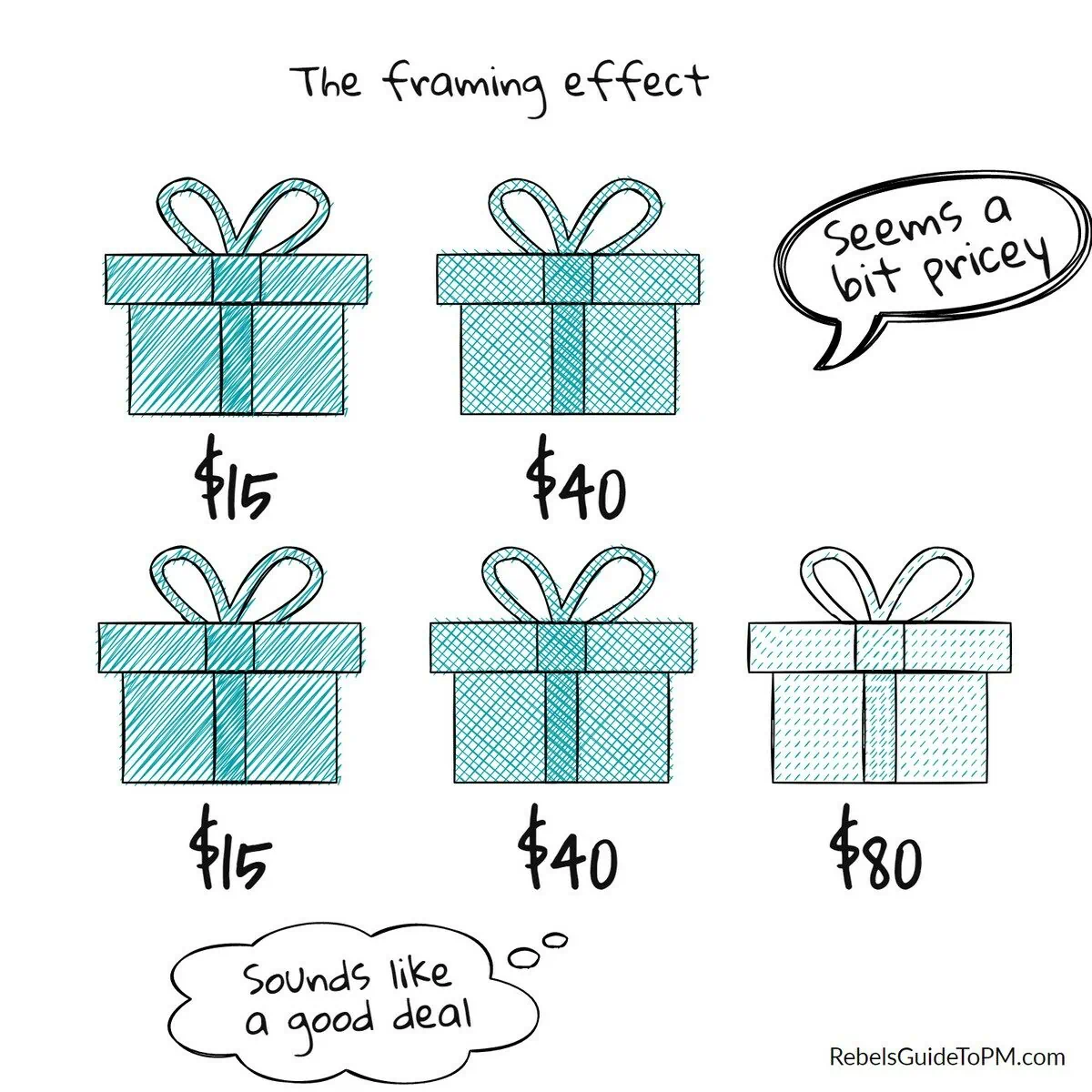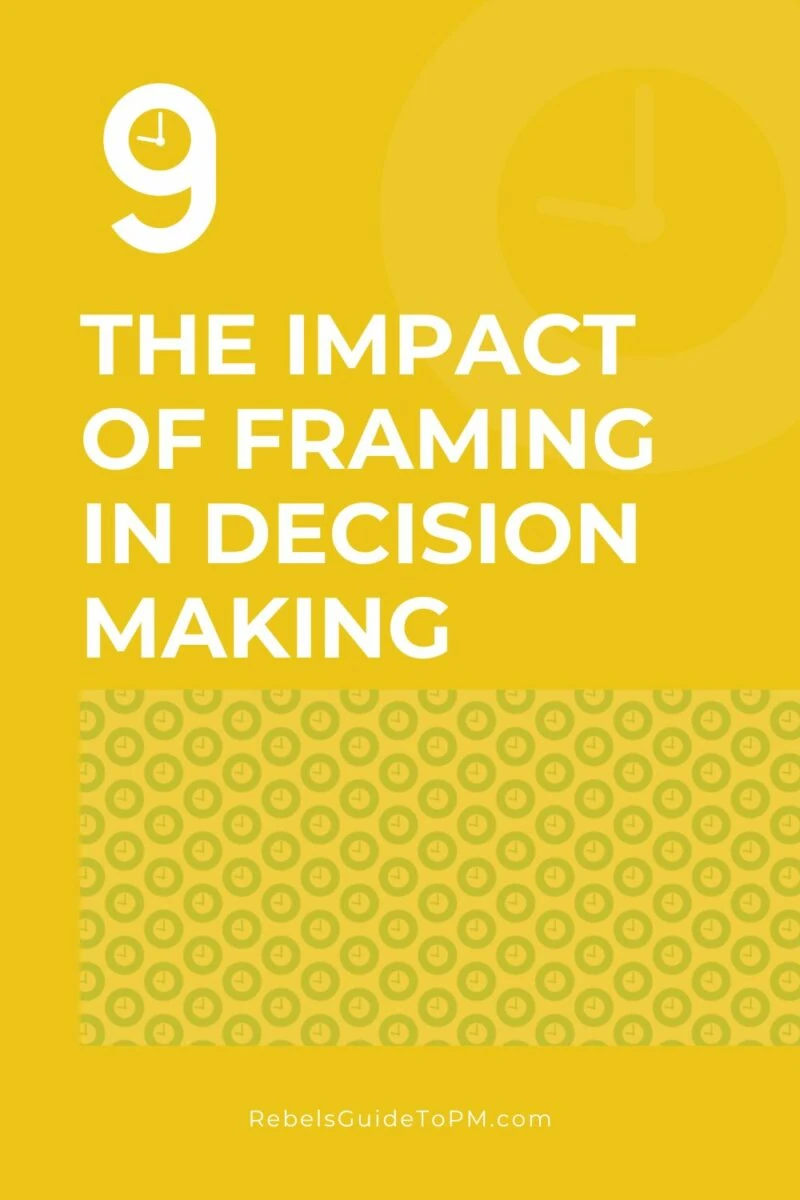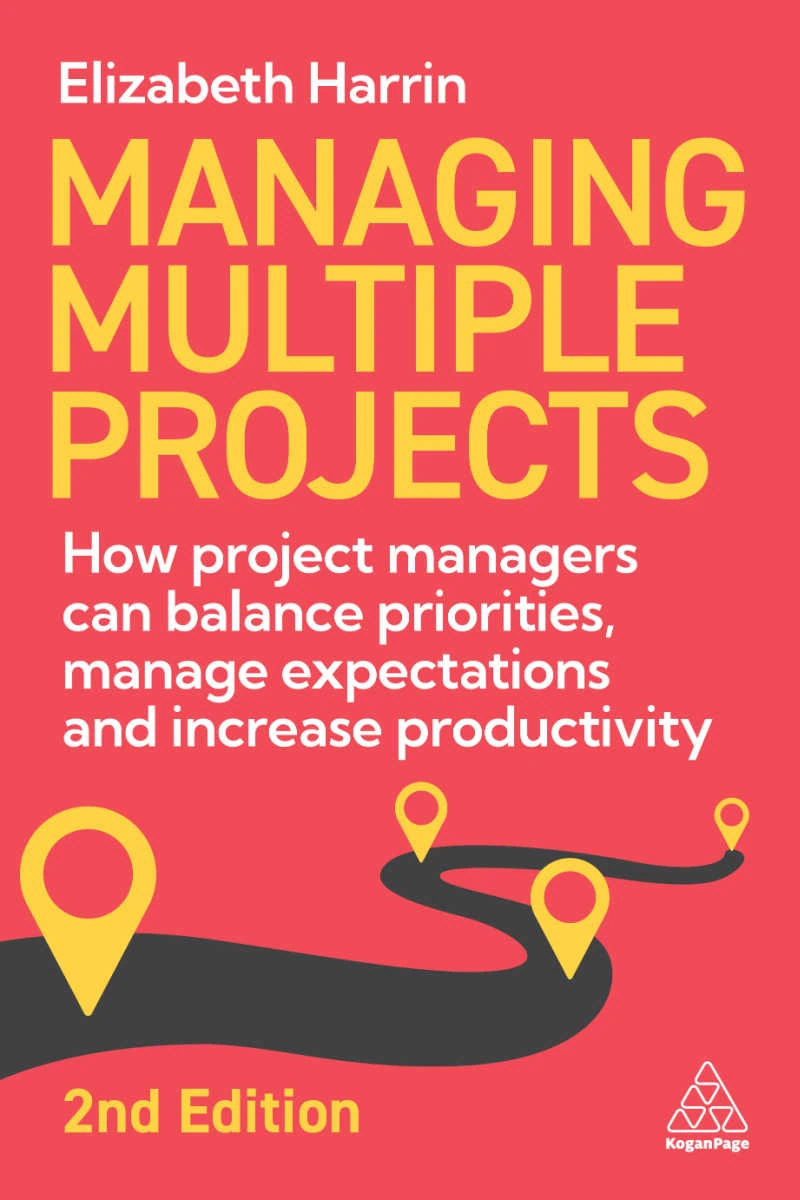The Impact of Framing in Decision Making
When it comes to decision making, we often think that we are rational beings. However, there is a lot of research that suggests otherwise.
The framing effect is a cognitive bias that can lead us to make different decisions based on how information is presented to us. For example, imagine you are considering two job offers.
The first offer pays $50,000 per year, and the second offer pays $60,000 per year.
Which would you choose?
Most people would choose the latter option because it seems like a better deal financially. However, what if I told you that the first job offer also included health insurance and the second did not?
Would you still choose the same option?
Some people might change their mind because they now see that the first job offer isn’t just about money – it’s about security as well. This shows how our decisions can be swayed by seemingly small details.
What is framing in decision making?
When it comes to making decisions, we all have different ways of going about it. Some people are more spontaneous and just go with their gut instinct, while others like to plan everything out and think things through before making a move.
But there’s one thing that all decision makers have in common, and that’s the way they frame their choices.
So what is framing in the context of decision making?
Simply put, framing is the process of how you look at a problem. Studies show that if you frame the context of a problem in different ways, people choose different outcomes.
The psychologists Daniel Kahneman and Amos Tversky discussed this in their work, The Framing of Decisions and the Psychology of Choice. They discuss what they called ‘prospect theory.’ That theory is all about how humans perceive losing out to be more significant than gaining. In other words, we seek out loss aversion more than we seek out gains.
That affects how people make choices – and we can influence those choices by how we frame a statement.
Framing occurs when people identify the key issues in a situation and then present them in a way that will influence the decision that is made. It’s a form of cognitive bias.
Let’s take a project management example.
You create a Gantt chart to reflect the work that has to be done on the project. You assess the likelihood that the project will meet those dates based on the confidence levels related to the estimates.
There are two ways to present the assessment to your project sponsor:
Positive frame: “We have a 75% chance of being able to meet these dates.”
Negative frame: “We have a 25% chance of failing to hit the dates.”
The two ‘frames’ share the same facts, but one is presented positively, and one is presented negatively. How do you think the sponsor will react to each statement?
The way you present a statement shapes how people respond to it.
It’s about taking into account all the different factors that could impact the outcome of your decision.
Framing example: choosing a gift
Consider a situation where you’re going to buy a gift for a colleague. There are two choices: one gift is $15, and the other is $40. The higher-priced gift seems a lot higher priced than $15; what exactly is in the box? Why is it better?
You might be tempted to go for the lower-priced gift.

Now consider the situation where you have three choices: one at $15, one at $40, and a top-price product that is $80. Eighty dollars?! That’s a lot. The middle-priced one seems reasonable now.
But the mid-priced gift is $40, the same price you rejected when you only had two options to choose from. As a reference point, it’s now in a different place.
This is why a lot of products (such as online software) with cost options have three options: most people opt for the middle one as it seems reasonable in comparison to the other two. The mid-priced choice is a good balance between features we don’t need and the cheapest.
Next time a vendor presents a proposal, check to see if they have three options. The higher priced option is likely to be a ‘decoy’ price. They probably don’t expect you to go for it, but it makes the pricing of their other services look like a bargain in comparison.
Let’s take a look at another angle to do with framing.
Types of framing in decision making
1. Problem-solving framing
This type of framing is all about finding a solution to a problem. When you’re faced with a problem, you’ll need to consider all the different ways to solve it before making a decision.
This means looking at the problem from different angles, considering all the different options, and weighing the pros and cons of each option before choosing the best course of action.
2. Opportunity-seeking framing
This type of framing is all about seizing an opportunity. When you’re presented with an opportunity, you’ll need to consider all the different ways to take advantage of it before making a decision.
This means looking at the opportunity from different angles, considering all the different options, and weighing the pros and cons of each option before choosing the best course of action.
How to frame your choices
Now that you know what framing in the decision making process is all about, it’s time to learn how to frame your choices. This will help you present the context and background to others in a way that (hopefully) eliminates as much bias as possible.
(Or, if you are hoping for a particular outcome, allows you to shape the arguments in a way that might get you the result you want.)
Here are 3 steps to help you frame your choices.
1. Define the problem or opportunity
The first step is to clearly define the problem or opportunity that you’re facing.
What is it that you need to decide?
What are the different options?
What are the different ways to solve the problem or take advantage of the opportunity?
Are there positives and negatives related to the opportunity, and how can these be best represented when we talk about the problem?
Can you create a ‘gain frame’: a way of showing someone the challenge in a positive way? What about a ‘loss frame’ where you share the problem leading with what the person or project would lose?
2. Consider the different perspectives
The next step is to consider the different perspectives.
What are the different ways to look at the problem or opportunity?
What are the different factors that could impact the outcome?
What are the risks and rewards of each option?
3. Choose the best option
The final step is to choose the best option.
After considering all the different factors, which option do you think will give you the most favorable result?
Framing your choices is a vital part of decision making, so it’s important to take the time to do it right. By following these steps, you can be sure that you’re making the best possible decision for your situation.
Key Takeaway: Framing in decision making is all about taking into account all the different factors that could impact the outcome of your decision, and then choosing the option that will give you the most favorable result.
How can cognitive bias impact decisions?
Cognitive bias can have a big impact on the decisions we make. For example, let’s say you’re trying to decide whether to buy a new car or keep your old one.
You might be more likely to keep your old car if you think about all the money you’ll save rather than all the fun you’ll have with a new car. When we’re making decisions, we often focus on the positive aspects of what we’re considering and downplay the negatives.
This can lead us to make sub-optimal decisions because we’re not taking all the facts into account. We can combat biases in decision making by being aware of them and trying to consider all the options in a decision objectively.
It’s also important to get input from others when making decisions and to get different perspectives. And try to frame the decision in a way that considers all the options equally.
The importance of considering multiple perspectives
Most people view the world from their own perspective. In other words, they see things their own way and don’t really take into account other points of view.
That’s normal. Humans are self-centered a lot of the time, and it takes effort to constantly be putting yourself in someone else’s shoes.
This is perfectly natural, but it can lead to problems. When it comes to making decisions, it’s important to consider multiple perspectives. This means looking at the situation from different angles and taking into account different points of view.
There are a few reasons why this is important. First, it can help you to make better decisions. When you consider multiple perspectives, you’re more likely to find the best solution to a problem.
Second, it can help you to avoid conflict. If you only ever consider your own perspective, you’re more likely to butt heads with others. But if you take the time to understand where they’re coming from, you’re more likely to find common ground.
Finally, it can help you to build better relationships. When you make an effort to see things from other people’s perspectives, they’ll appreciate it.
This can make them more likely to trust you and work with you in the future. It could make all the difference.
Key Takeaway: When making decisions, it’s important to consider multiple perspectives to find the best solution and avoid conflict.
Overcoming the challenges of groupthink
Groupthink is a phenomenon that can often plague groups of people who are trying to make decisions together.
It’s when the desire for harmony or conformity in the group causes people to suppress their own views and go along with the majority, even if they believe the majority is wrong.
This can lead to bad decisions being made. There are ways to overcome the challenges of groupthink, though.
One is to be aware of it and to watch out for the warning signs, like people being reluctant to express dissenting views. Another is to encourage people to speak up and value different opinions.
And finally, it’s important to make sure that the group is diverse so that there are different perspectives represented. Framing in decision making is another tool that can be helpful in avoiding groupthink.
This means looking at a problem or decision from different angles and considering all the possible options. This can help to broaden the group’s view and prevent them from getting stuck in one way of thinking.
If you’re aware of the dangers of groupthink and you take steps to avoid it, you’ll be much more likely to make good decisions as a group.
Key Takeaway: Groupthink can cause bad decisions; avoid it by being aware of it, encouraging different opinions, and framing problems from different angles.
Why effective communication is key to good decision making
The way in which information is presented can have a big impact on the decision that is made.
For example, if you are trying to decide where to hold the next company retreat, you may frame the decision in terms of the cost of the event versus the benefits of going in order to sway the decision-makers to choose the location that you like the best.
If you effectively communicate the key issues in a decision-making situation – including being open about the fact that cognitive bias is likely to influence the outcome – then you are more likely to make a good decision as a team.
This is because you will be able to consider all of the relevant information and make a decision based on what is best for you, rather than being influenced by how the information is presented. When you call out cognitive bias, your colleagues will at least be able to see it and be aware of it.
Good communication is, therefore, essential for good decision making.
If you can effectively communicate the key issues in a decision-making situation, you are more likely to make a good decision that is best for you.
Key Takeaway: Framing is important in decision making because it can influence the decision that is made.
FAQs about Framing in Decision Making
Why is framing important in decision making?
Framing is important in decision making because it allows people to see the options in a different light. By looking at the options from different angles, people are able to make more informed decisions.
How does framing an outcome affect decision making?
Framing an outcome can affect decision making by causing people to focus on different aspects of the situation.
For example, if someone is asked to choose between two options and one option is framed as a loss and the other is framed as a gain, the person may be more likely to choose the option that is framed as a gain.
What is an example of framing bias?
Framing bias is when people make decisions based on how information is presented to them, rather than the content of the information itself.
For example, if someone is asked whether they would rather have a 60% chance of winning $100 or a 40% chance of losing $100, they are more likely to choose the former option, even though the expected value of both options is the same.
This is because people tend to focus on gains more than losses when making decisions.
Pin for later reading


